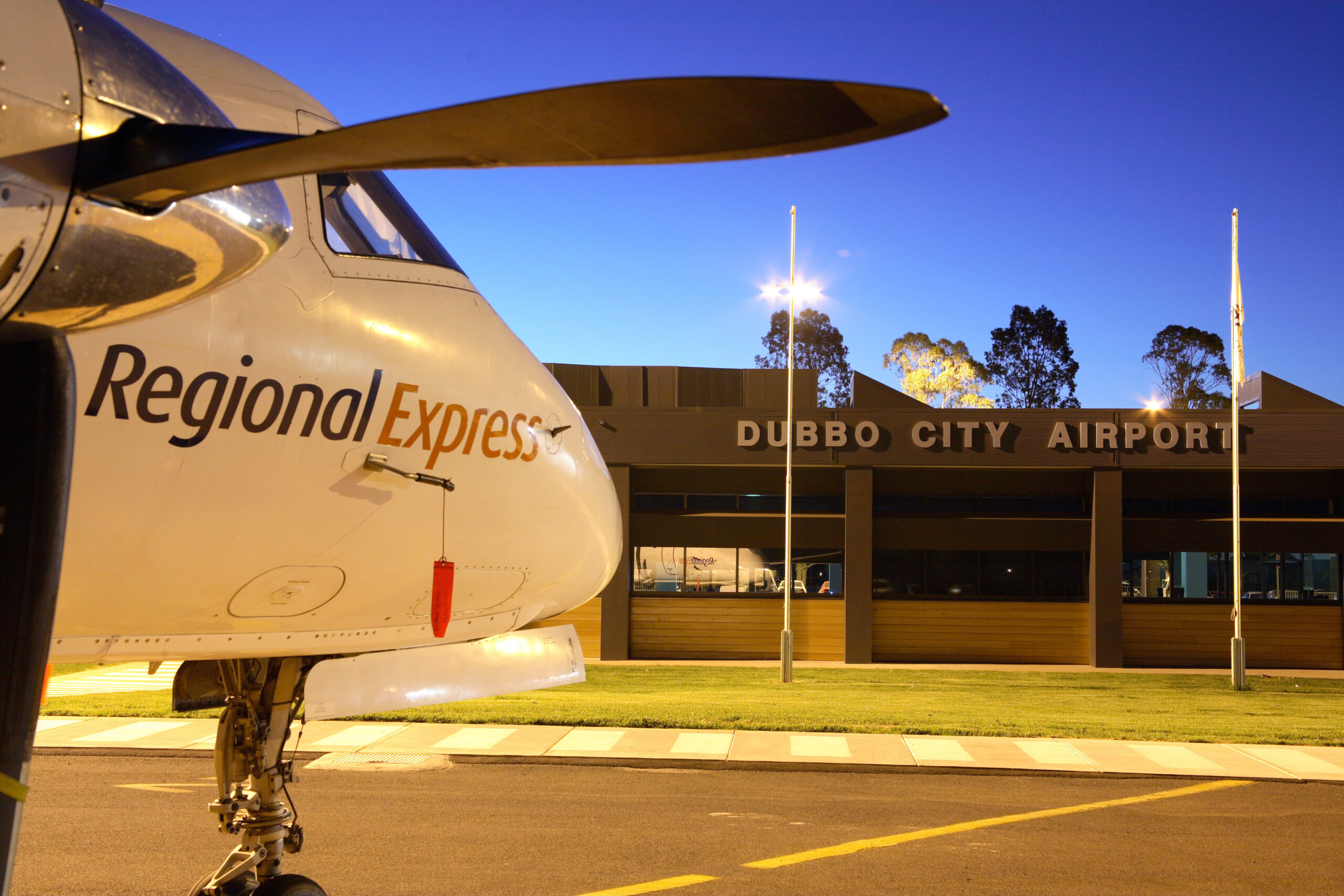Regional airports are key to the social and economic life of regional Australia, however the reality is most regional airports are under significant financial strain.
Airport’s role in regional Australia
Regional airports are extremely hard-working community assets with a big part to play in the life of regional Australia and indeed our nation’s broader economy and security.
They play an indispensable role in the security, wellbeing and equity of our nation, with the Australian Airports Association estimating that regional airports facilitate over 6,000 emergency medical evacuations per year and house over 500 firefighting aircraft across Australia.
The devastating bushfire season of 2019-20 proved that regional airports are too important to fail – beyond servicing passenger services they provide critical functions essential for our nation’s health and safety including border protection, medivac, defence and disaster response.
Regional airports are also key gateways for the movement of Australia’s estimated 100,000 FIFO workers, air freight, business travel and the growth of new jobs and aviation industries.
The Australian Airports Association estimates that prior to the pandemic, regional Australia accounted for 45% of output from Australia’s tourism sector, with regional airports acting as critical connection points for international and domestic tourists.
Financial pressures
Unfortunately, the reality is most regional airports are under significant financial strain with an estimated 60 per cent of regional airports operating at a loss due to ageing infrastructure, security cost pressures, high staffing costs, and an increasing regulatory burden.
An estimated 200 regional airports are owned and operated by local councils but rising operating, regulation and security costs means that many airports are operating at a loss and a burden on regional ratepayers.
Local councils, many of whom are constrained by rate-caps or pegs, struggle with resources to fund the ongoing regulatory, maintenance and capital upgrades required for regional airports to have a viable future.
Australian Government Response
To set a future framework for the future of the aviation sector, the Federal Government released the Aviation Green Paper, aimed at establishing the long-term policies for Australia’s aviation sector. Public consultation occurred during March of this year in preparation for this draft paper.
A second round of consultation is now occurring, before the Aviation White Paper is released in 2024.
Pre-empting the release of the White Paper, RCA has travelled to Canberra to champion the role of regional airports, not only in underpinning the economies of regional cities but also providing critical functions essential for our nation.
Our Call to Action
Regional Capitals Australia is calling on the Federal Government to provide additional funding and support for regional airports, in particular:
- Implement a policy recognising the importance of regional airports in increasing the connectivity of regional Australia and to consider future planning and funding of regional airports;
- Provide recurrent funding for the Regional Airport Fund to ensure that regional airports can be upgraded and maintained and supply security arrangements for regional airports;
- Upgrade the guidelines for the any funding to allow for landside developments to be considered; and
- Review the efficacy of Western Australia’s Strategic Airport Asset and Financial Management Framework to determine its suitability for application across all jurisdictions.
Read the Airports Policy and Case Studies
Image: Dubbo Regional Airport
